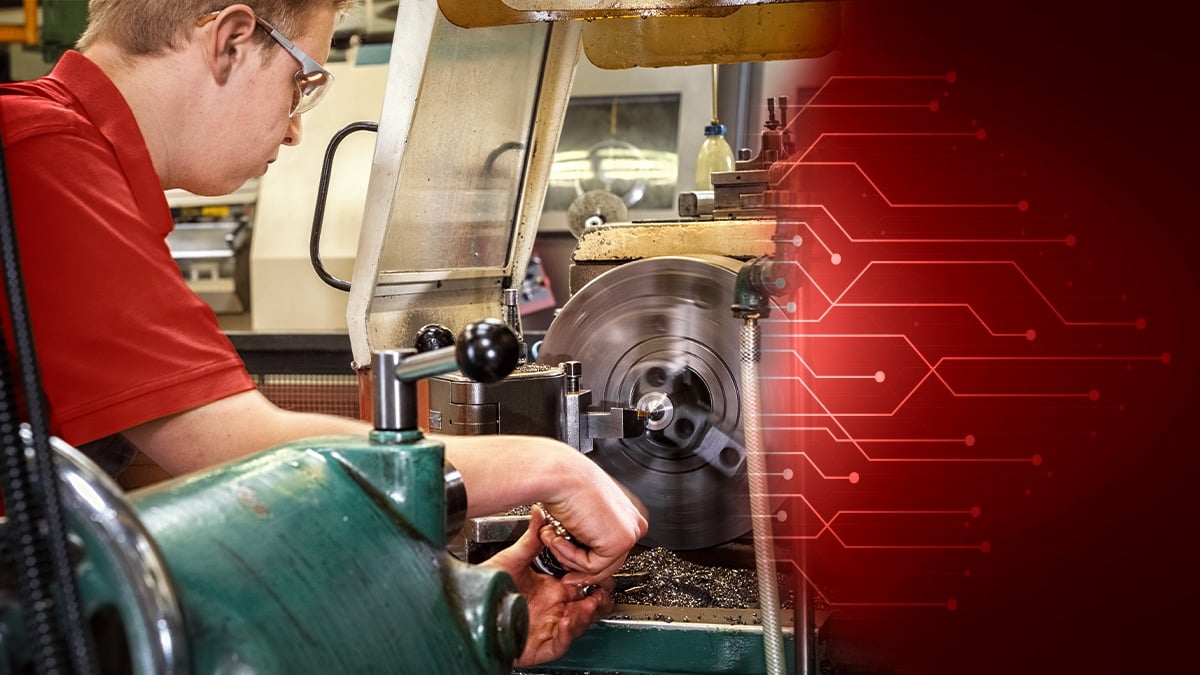
Amid a forecast of a potential recession, metalworking companies face challenges related to workforce and resource shortages. With these hurdles in mind, creating operational efficiencies and lowering recurring expenses become crucial considerations.
Automating existing waste stream processes can reduce labor costs and the volume of waste that needs to be hauled away. This lowers the carbon impact, mitigates the risk of environmental contamination, and makes for more effective scrap and fluid management.
With that in mind, here are three processes that metalworking operations can automate to position their company for lower costs ahead of an economic downturn.
1. Automate Material Transfer.
The buildup of metal scrap on the shop floor not only creates a cluttered, hazardous space, it compromises your opportunity to get the most value from the scrap. Furthermore, running forklifts or manually shoveling the scrap is inefficient and dangerous. By automating the transfer of metal scrap away from work zones and into load-out areas, conveyors reduce labor costs, lessen downtime, and establish an effective way to process scrap on-site, haul it away, or be re-melted:
2. Manage Metal Scrap and Collect Fluids.
There are many systems that process metalworking scrap for volume reduction and maximum value:
These systems are comprised of several key components:
3. Recycle Fluids.
Effective fluid recycling depends largely on the volume and fluid type, but a centralized fluid recycling system can recycle coolant and reduce fluid waste up to 90%. A versatile system designed to remove tramp oils and suspended solids from metalworking fluids (MWFs) significantly streamlines MWF housekeeping efforts, extends the life of fluids, reduces hazardous waste disposal costs, and saves operations up to 75% on new fluid purchases.
Centralized fluid recycling systems with automated coolant concentration adjustment and coolant control require little operator involvement, thus reducing labor costs and minimizing employee exposure to bacteria that can lead to health problems.
While upgrading discrete pieces of metal scrap processing equipment will benefit almost any operation, companies that take a more holistic view of their waste streams and plan end-to-end, automated processing improvements position themselves for maximum savings over the long term.
For more information about how to lower your metalworking operation’s waste stream costs through automation, visit PRAB.com.